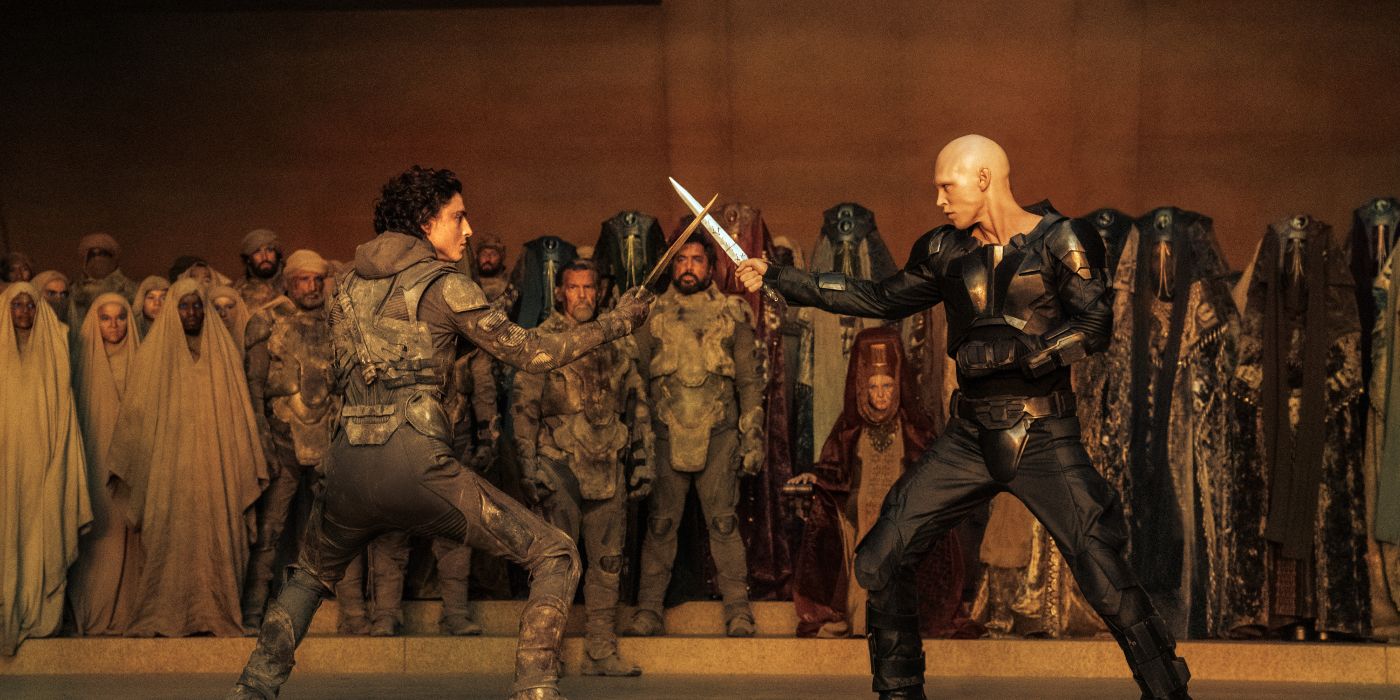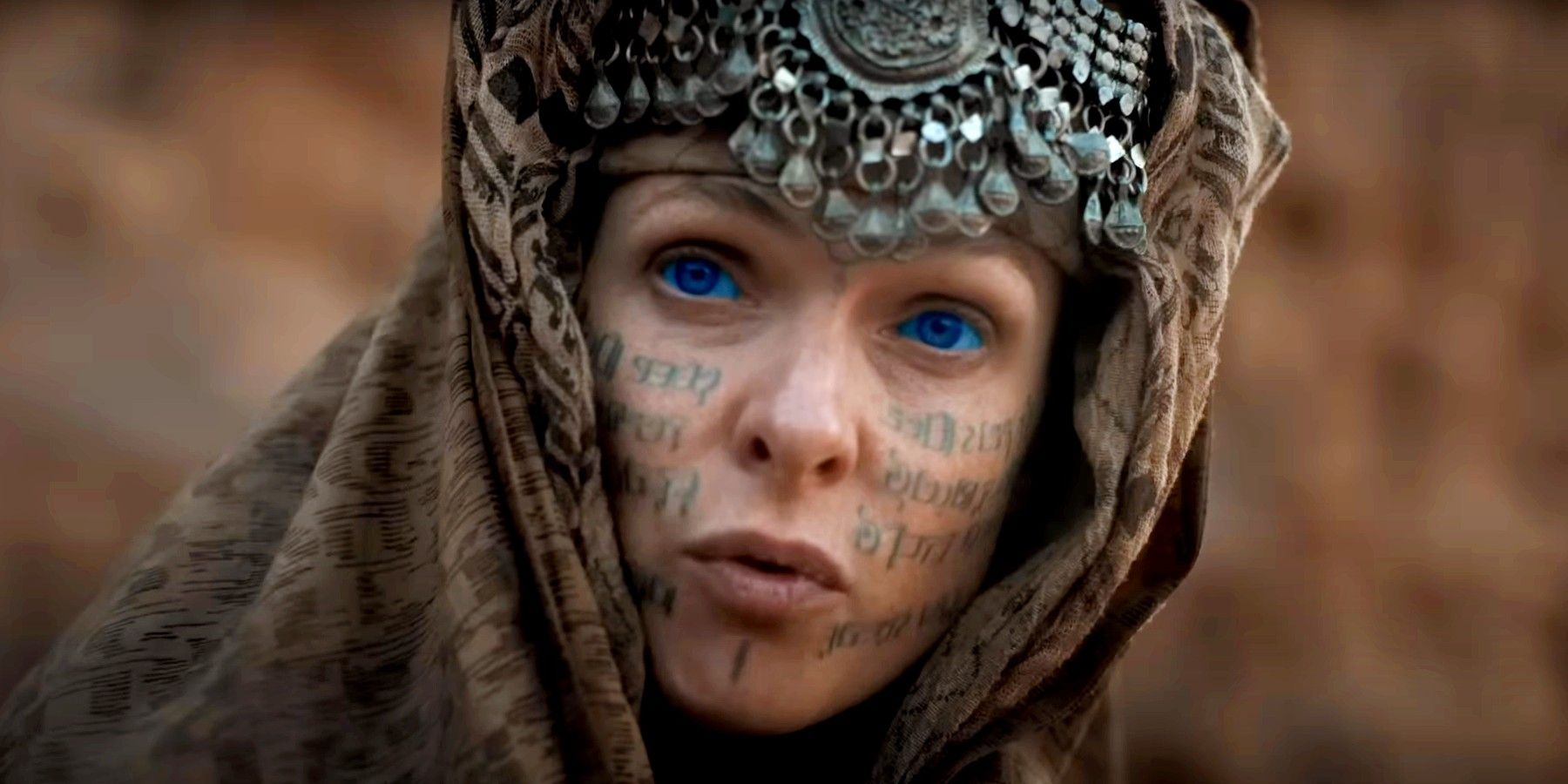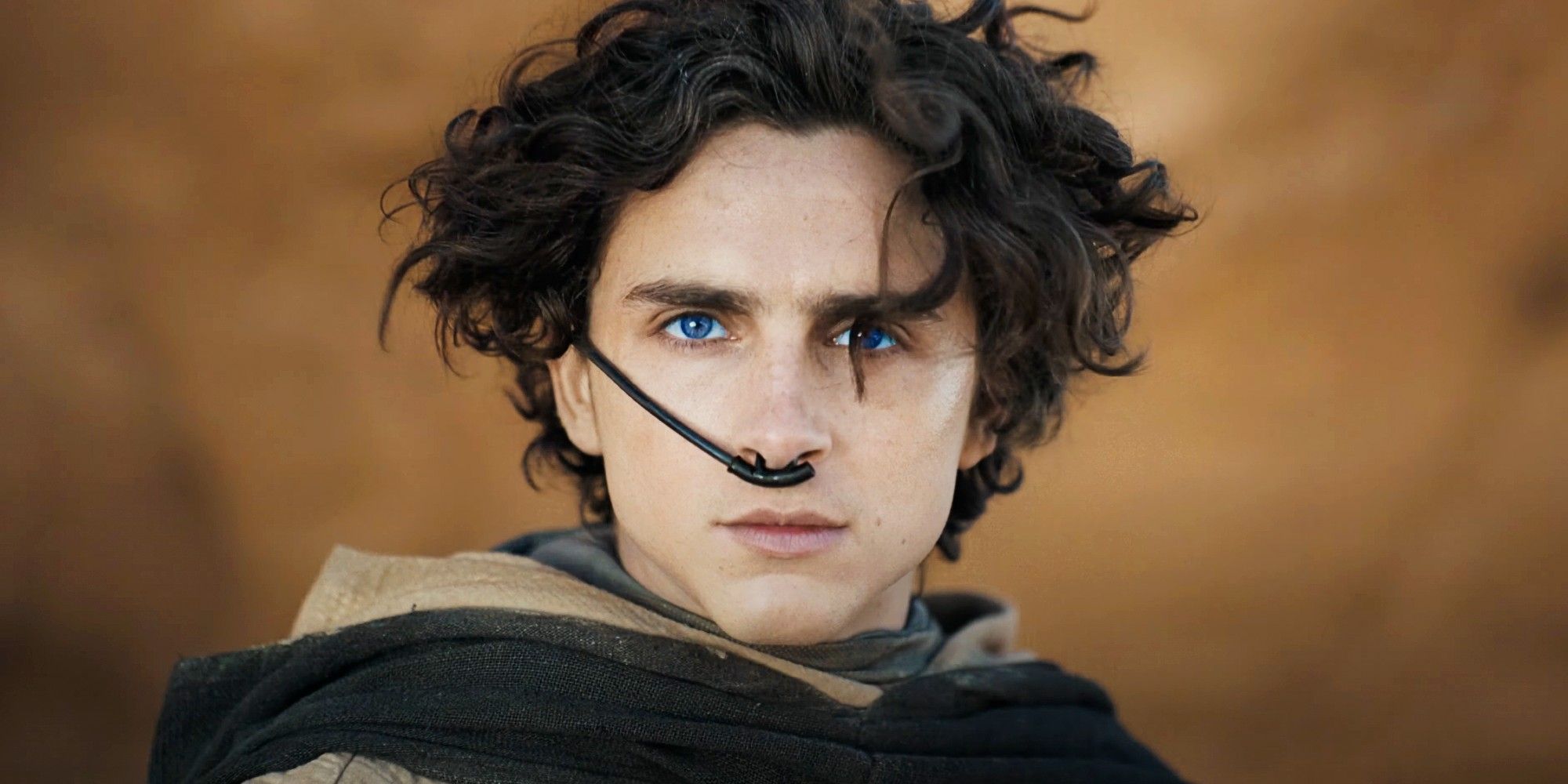
Exploring the Monochrome Universe of Dune 2: Rules, Cinematic Techniques, and the Enigma of Anti Fireworks

Delve into the mesmerizing black-and-white universe of Dune 2, where rules govern every aspect and cinematic techniques create a unique visual experience. Unravel the mystery behind the 'Anti Fireworks' element that adds intrigue to this monochromatic world.
The Dune: Part Two cinematographer, Greig Fraser, delves into the intricate details of the black-and-white Harkonnen universe. This past weekend, the highly-anticipated Dune sequel premiered to rave reviews and a strong showing at the box office. Directed by Denis Villeneuve, the film boasts a star-studded cast including Timothée Chalamet, Zendaya, Christopher Walken, Florence Pugh, Austin Butler, Anya Taylor-Joy, Josh Brolin, Dave Bautista, Rebecca Ferguson, and Javier Bardem.
In a recent interview with Inverse, Greig Fraser sheds light on one of the film's most captivating aspects: the black-and-white Harkonnen world. Fraser reveals that he and Villeneuve established specific guidelines for the color scheme in this world, ultimately deciding that only objects touched by the sun would appear washed out. To achieve this effect, they utilized a 3D camera rig and a unique lighting system that emitted visible light. Check out Fraser's full explanation below:
The sun doesn't show any visible light. Instead, it emits a lot of infrared rays which are essential for life on Earth. The heat and infrared from the sun play a crucial role in sustaining life and have a remarkable effect on skin tone.
To understand the impact of the sun, we established certain guidelines. We determined that everything directly exposed to the sun appears washed out in color. This includes areas hit by direct sunlight as well as those reflecting sunlight.
We used a 3D rig for filming, typically used for 3D movies. One camera had a color camera while the other had an infrared camera. To accommodate this setup, we had lights that emitted infrared light for the infrared camera, and separate LEDs that emitted visible light but no infrared for the color camera. It was crucial to have distinct light sources for each camera on set.
Denis approached me with an intriguing concept. He described it as "anti fireworks," where instead of adding light, these devices absorbed light.
Villeneuve's Grand Vision Defined by the Black-and-White Harkonnen World
I thought it was a great idea, but I had no clue how to make it happen. We put in a lot of effort to reach our goal of creating a unique anti-explosion light.
Paul and Feyd-Rautha's knife fight in Dune 2 - The Black-and-White Harkonnen World Helps Define Villeneuve’s Grand Vision
While Harkonnen landscape is defined by absence, its unique visual style is a commanding presence on screen that helps make Dune: Part Two the cinematography marvel that it is.
Dune has a rich history of adaptation and attempted adaptation, with David Lynch's 1984 version being one of the most notable non-Villeneuve attempts. Lynch's Dune was known for its extravagant costuming and colorful visuals, presenting a more flashy visual interpretation of the story. This made Villeneuve's 2021 adaptation a significant departure from the traditional portrayal of Arrakis that audiences were familiar with.
In contrast to Lynch's opulent approach, Villeneuve's take on Arrakis is much more minimalist. The film immerses the audience in a sea of sand, with most exterior scenes dominated by a monochromatic desert landscape dotted with armored figures. Costumes in Villeneuve's adaptation lean towards utilitarian simplicity rather than flashy and eye-catching designs.
Villeneuve’s version of Dune stands out because of its subtle approach. Despite the clear visual language, the director manages to bring a unique vision to life, especially seen in the striking black-and-white Harkonnen world. While the landscape of Harkonnen is characterized by its emptiness, the distinct visual style still commands attention on screen, contributing to the cinematic excellence of Dune: Part Two.
Editor's P/S:
The article provides an intriguing glimpse into the intricate world-building of "Dune: Part Two," particularly the black-and-white Harkonnen universe. Cinematographer Greig Fraser's insights into the meticulous process of creating this distinct aesthetic are fascinating. The use of 3D camera rigs and specialized lighting systems to achieve the desired effects demonstrates the immense creativity and technical prowess involved in crafting such a visually striking film.
Fraser's description of Villeneuve's "anti-fireworks" concept, where devices absorb light rather than emit it, is particularly captivating. It highlights the director's unconventional approach to storytelling and his commitment to creating a visually unique and immersive experience for the audience. The resulting black-and-white Harkonnen world is a testament to the power of cinematography to transport viewers to otherworldly realms and enhance the emotional impact of the film.














